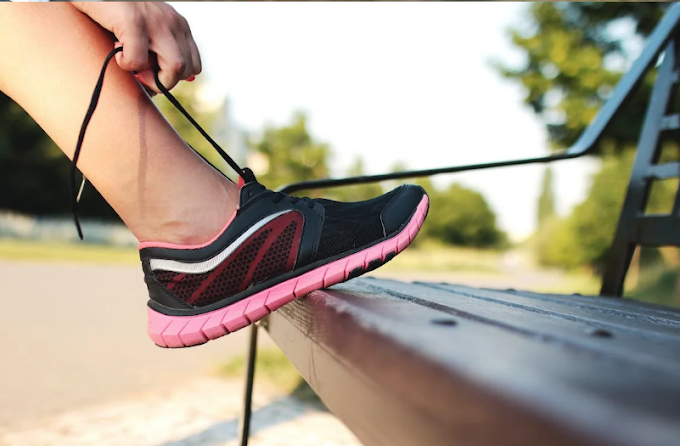Read more
Strength training, cardiovascular activity, and flexibility drills are the cornerstones of most effective fitness regimens for beginners.
Cardiovascular exercise can include things like walking, running, or cycling, while strength training can involve things like utilizing your own body weight or weights. Practices like yoga and stretching can help improve flexibility. It's best to ease into your exercises and build up in both duration and intensity over time.
Selecting activities that can be maintained over time and that you find fun is also crucial. Beginners might also benefit from working with a competent personal trainer or group exercise instructor.
How can I keep myself interested in doing out consistently?
Keeping up with a workout routine might be difficult, but there are ways to stay motivated:
Attempt to achieve attainable objectives: Pick out objectives that are realistic and well-defined, and then divide them into smaller, more manageable chunks.
Add some fun: Pick out some fun things to do that also reflect who you are and how you live.
Change things up: Switching things up every once in a while can help keep things from getting boring.
Watch your development: Document your exercises and milestones so that you may look back with pride.
Find an exercise partner: having a friend or family member to exercise with may be a great source of motivation and encouragement.
Give yourself a pat on the back after you hit a major milestone or complete an important task.
Don't give up; instead, recognize that obstacles must be overcome en route to success.
Where can I get information on effective weight-loss exercises?
High-intensity activities that may burn a lot of calories in a short amount of time are among the most effective forms of exercise for weight loss. Here are some examples of good weight-loss exercises:
HIIT stands for high-intensity interval training, which entails short bursts of intensive activity followed by brief intervals of rest or recuperation.
Aerobic activity, such as jogging, cycling, swimming, or rowing, helps burn calories and boosts weight reduction.
Muscle gain via strength training methods like weightlifting and the use of resistance bands has been linked to an increased metabolic rate and subsequent weight reduction.
During circuit training, you'll do a sequence of exercises in rapid succession, with little time for recovery in between.
Push-ups, squats, and lunges are all examples of bodyweight workouts that can be performed with little to no equipment and have been shown to aid in weight reduction.
The effect of nutrition in weight loss should not be underestimated. To keep the weight off for good, it's best to combine an active lifestyle with a nutritious diet.
How can I develop muscle mass? what workouts should I perform?
Multi-joint workouts that use a lot of muscle fibers are ideal for building muscular growth. Examples of potentially muscle-building workouts are as follows:
Squats are a great way to strengthen your lower body since they target many muscle groups at once.
The posterior chain muscles (gluteus maximus, hamstrings, and lower back) get a good workout with deadlifts.
A complex exercise that targets the chest, shoulders, and triceps, the bench press is a staple in every strength training routine.
Pressing weight overhead engages muscles in the shoulders, upper back, and triceps.
Pull-ups are a tough workout that primarily focus on the back and biceps.
Use a bench or parallel bars to perform dips, which are an excellent exercise for your triceps, chest, and shoulders.
The exercises should be performed with increasing weight and intensity over time, with sufficient time for rest and recuperation between sets. Muscle development also depends on a healthy diet that includes plenty of protein.

















0 Reviews